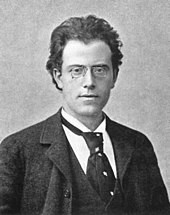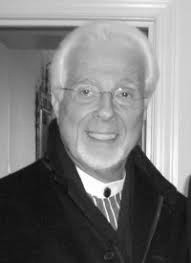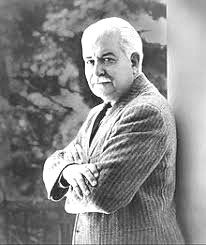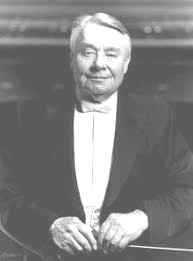I’m Just Curious: Christmas memory
by Debbie Walker
I had it all figured out, what I would do for my column this week. In fact it is about half typed and waiting its turn, but it won’t be this week.
I don’t even remember what was said that sent me back in time for a blast of the past, but I’m happy it did.
Great Grammie Smith lived across the road from us in a little bitty trailer, probably 30 feet of snug. I loved that tiny little home.
I absolutely adored that woman. I sat by her poor arthritic feet with her running her crippled hands through my hair. She had the softest touch. I know how lucky I was to have her in my life, in fact until I was 18 and I know how unusual that is.
All of that to tell you about a Christmas we had one year. I had found a teal colored (unusual color for back then) pants suit in the Sears catalog. I was in love and immediately started my campaign for it. I tormented Mom and she finally told me it wasn’t happening that year. Well, look out Gram, here I come.
And I did torment Grammie. Well, I knew Mom didn’t order that suit but there was a chance Gram might. Every day when I went over to Gram’s I’d go wake her up and I would start searching that little trailer until she came out of the bedroom. I would be sitting in her rocking chair that she always used. I hunted every nook and corner and NOTHING!
Christmas came and Dad went over and brought Grammie back to see us kids open our presents. We did, we opened our gifts and of course I was getting worried that my begging had not worked. Well, Dad pulled out a package from under the tree and it was a gift from Grammie to me. I opened it and oh my goodness, my SUIT!! As soon as I realized what it was, Grammie laughed right out loud. She had put one over on me and she was still chuckling when she told me she knew I searched that trailer. She was so proud as she told me I had sat on my wonderful suit for weeks, it was under Grams cushion.
She was never to let me forget my ordeal. She always chuckled when she thought of it.
I’m just curious if any of this reminded you of any of your family’s experiences. I would love to hear the stories. Contact me at dwdaffy@yahoo.com. Thanks for reading and please check out the changes to the website.


 REVIEW POTPOURRI
REVIEW POTPOURRI



 by
by  by
by 
 GARDEN WORKS
GARDEN WORKS
 ERIC’S TECH TALK
ERIC’S TECH TALK FOR YOUR HEALTH
FOR YOUR HEALTH
 SCORES & OUTDOORS
SCORES & OUTDOORS






